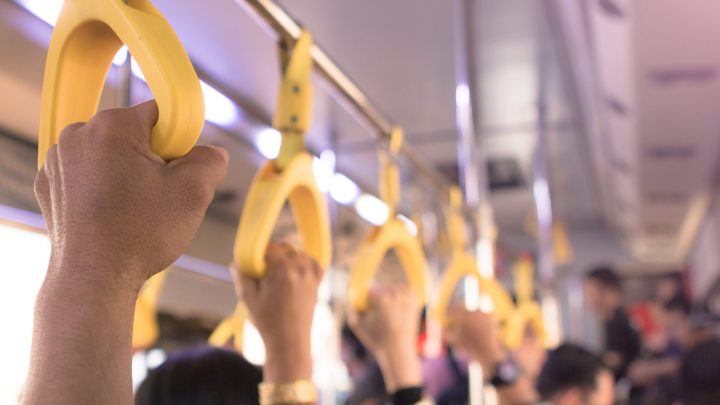
Should public transit be a free service? One city just said yes.
Should public transit be a free service? One city just said yes.

In the wee hours of the morning, Albuquerque, New Mexico’s City Council made its free-transit experiment permanent.
It used to cost $1 to ride the city bus. Then during the pandemic, when ridership fell off a cliff, the city used federal relief aid to fund a “zero fare” program — allowing all riders to just hop on the bus without paying a fare or swiping a pass.
Other cities, like Richmond, Virginia; Kansas City, Missouri; and Olympia, Washington, did the same.
Now, with that federal money starting to run out, cities have to decide whether zero fare is worth the cost to their transit systems.
Althea Atherton, an organizer with the Albuquerque Bus Riders Union, doesn’t drive because of a medical condition. “I use the bus to get as many places as I can that the bus can take me,” she said.
In addition to the cost savings of zero fare, she said it makes the bus more efficient.
“We’re not waiting for everybody to pay their fare and put in their quarters and dig for their passes,” she added.
The bus should be treated like a public service, said Atherton. And the Albuquerque city councilors who voted to keep zero fare sort of agree. They say the city-funded transit agency can absorb the lost revenue, which is just 3% of the agency’s total budget, because of the benefits for riders.
“People with low incomes take transit a lot more when they have access to a free-fare transit system,” said Yonah Freemark, a senior research associate at the Urban Institute. Transit connects those people with jobs, housing and social services, he said.
But as pandemic relief funding runs dry, Freemark said, cities have to think about whether to use tax revenue to make up the gap. “And more importantly, how they plan to ensure that the transit system is more effective than it used to be,” he said.
Sarah Kaufman, director of New York University’s Rudin Center for Transportation, said in many cases, investments in the quality of transit are more likely to boost ridership.
“People prioritize reliability and frequency of service over affordability or free fare,” she said.
Atherton agrees that cost is not the only factor.
“My bus runs every 50, five-zero, minutes. And so I am planning my day around that bus,” she said.
For folks who have a choice, she can see how a free ride isn’t worth all the waiting around.
There’s a lot happening in the world. Through it all, Marketplace is here for you.
You rely on Marketplace to break down the world’s events and tell you how it affects you in a fact-based, approachable way. We rely on your financial support to keep making that possible.
Your donation today powers the independent journalism that you rely on. For just $5/month, you can help sustain Marketplace so we can keep reporting on the things that matter to you.











